The Startup Academy is where new entrepreneurs learn how to test their ideas against reality and build a sustainable business model around it. We have assembled proven tools and processes from the startup world, formatted them as workshops, simplified them to be practical and accessible for more people and packaged them in a scalable concept entrusted to local partners with a main focus on the emerging markets.
We believe in Young Entrepreneurs… Therefore we run our StartUp Academy and Incubator in [City] [Country]. The Academy runs for 2 months and 2 evenings/week for 3 hours. Next Academy starts [Month, date, Year]. Apply?
16 SESSIONS
IDEATION
1: THE LEAN PARADIGM
- Integrating Lean Startup into business idea and the use of the MVP Minimum Viable Product and Pivoting.
- Create actionable metrics for participant’s business idea.
2: PRODUCTIVITY
- Getting more things done through focusing on Important instead of Urgent.
- Bring Clarity by dividing up life in Roles and learn effective planning.
3: BUSINESS OPPORTUNITIES
- Trend Spotting and learning brainstorming techniques.
- Five strategies for research.
4: BETTER WORLD BUSINESS (BWB)
- Understand the role of business from a community-building perspective.
- Reflect on how my business idea could be modified to better the world.
5: BUSINESS MODEL CANVAS (BMC)
- Concept high level overview.
- Applying the Canvas tool on your current business idea.
6: CUSTOMER DISCOVERY
- Win-win paradigms and reasons for customer discovery.
- Setting up customer discovery meetings and interviews.
7: NUMBERS SPEAK
- Financial and accounting concepts and terms.
- Balance sheets, income statements, and profit & loss accounts (P&L).
8: THE PITCH
- What does it feel like pitching to potential investors?
- What are we learning as we are pitching?
VALIDATION
9: VALUE PROPOSITION DESIGN (VPD)
- Understand our customers burning problems and how to solve them.
- Understanding the Design Process and tools to use for Prototyping.
10: BLUE OCEAN
- Recognize competition and react effectively.
- Blue Ocean and alternative to Competition through Value Creation.
11: TESTING VP
- Business Planning vs. Experimentation.f the MVP Minimum Viable Product and Pivoting.
- Testing the BMC and Minimum Viable Product examples.
12: CREATIVE FEEDBACK
- Give a 3 minutes pitch and receive feedback from 4 different perspectives.
- Getting insights about your Value Propositions and actionable iterations.
13: CUSTOMER VALIDATION
- Discern the willingness to pay and at what price?
- How to build a demo or script a solution interview.
14: DESIGNING A MIMINUM VIABLE PRODUCT (MVP)
- What is the MVP Process?
- Reinforcing the MVP Purpose and identify the Idea Killers.
15: PITCHING PRODUCT-MARKET FIT
- Understanding the importance of Storytelling in pitching.
- Traction is the first milestone and communicating Character and Competence.
16: THE PITCH
- Successfully communicating our Product-Market Fit evidence?
- What do we learn from the feedback coming from the uninitiated?
